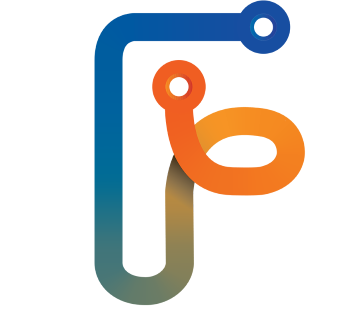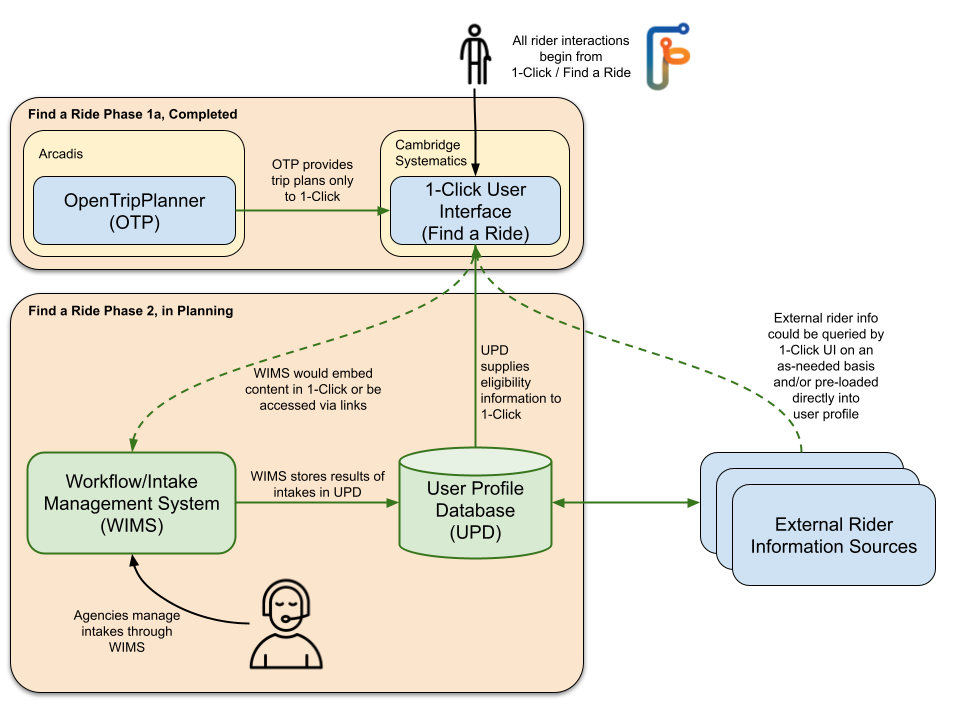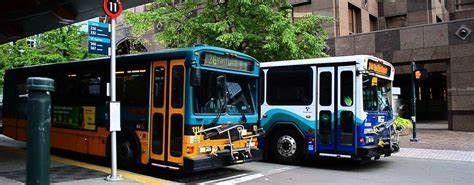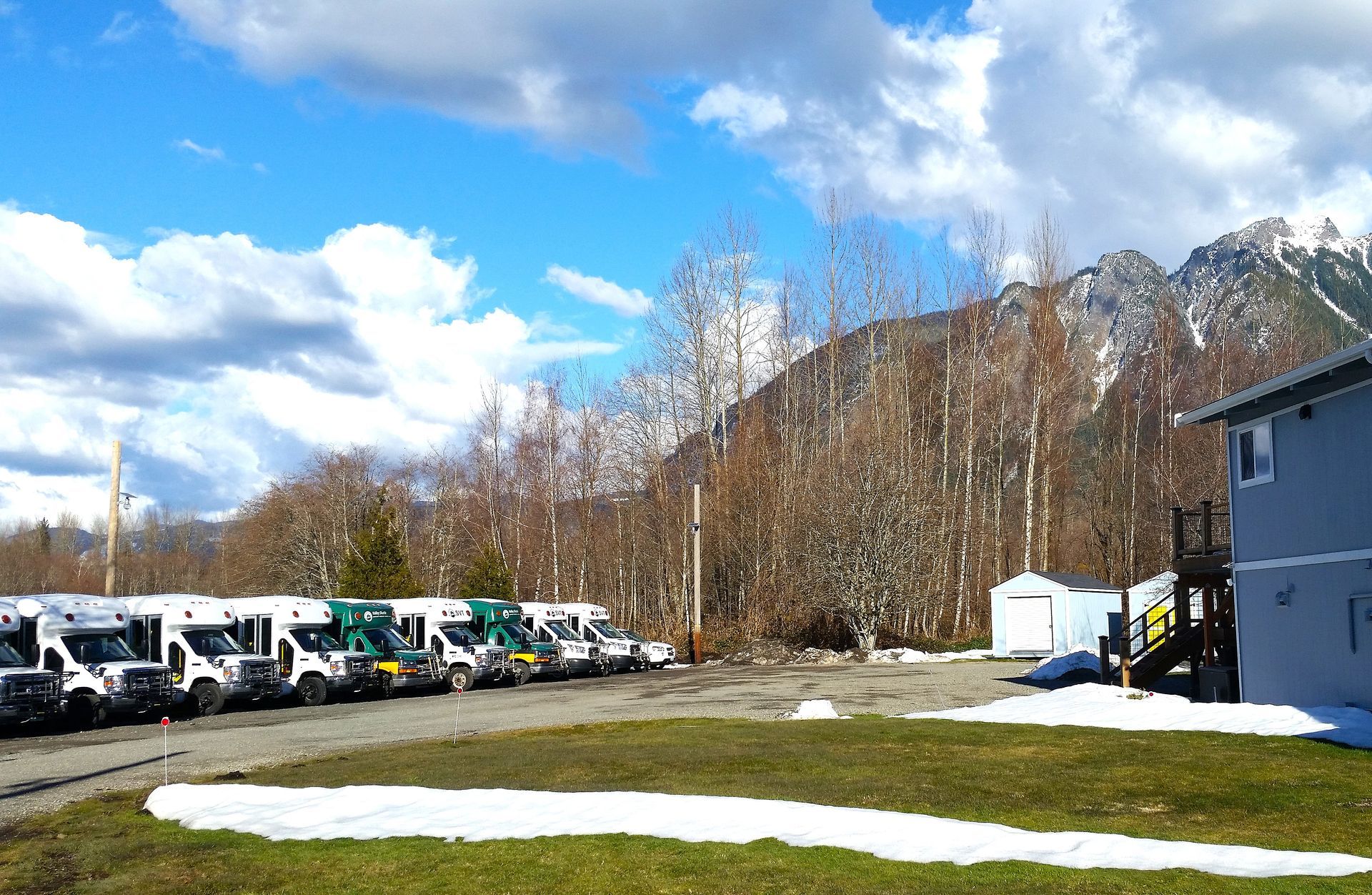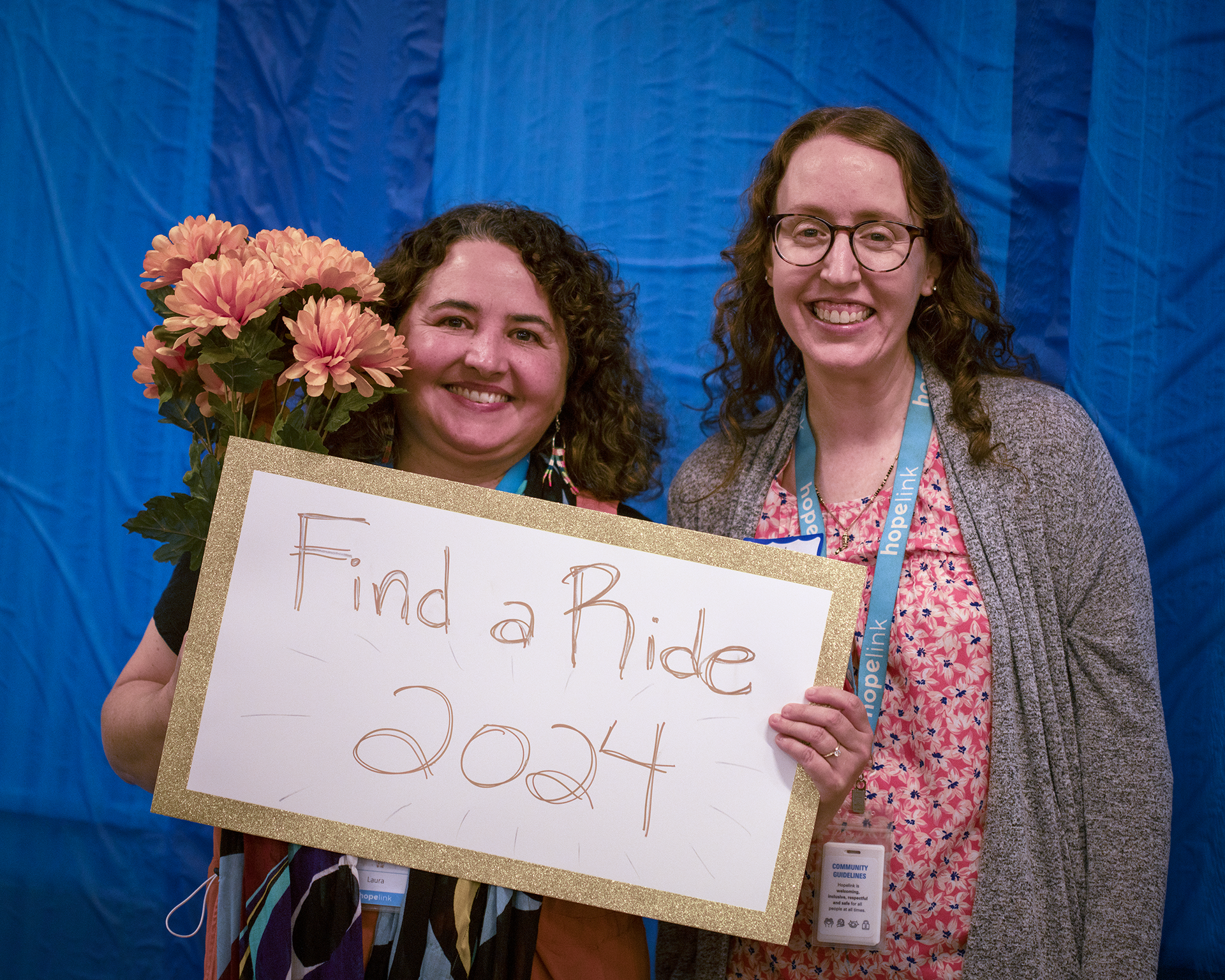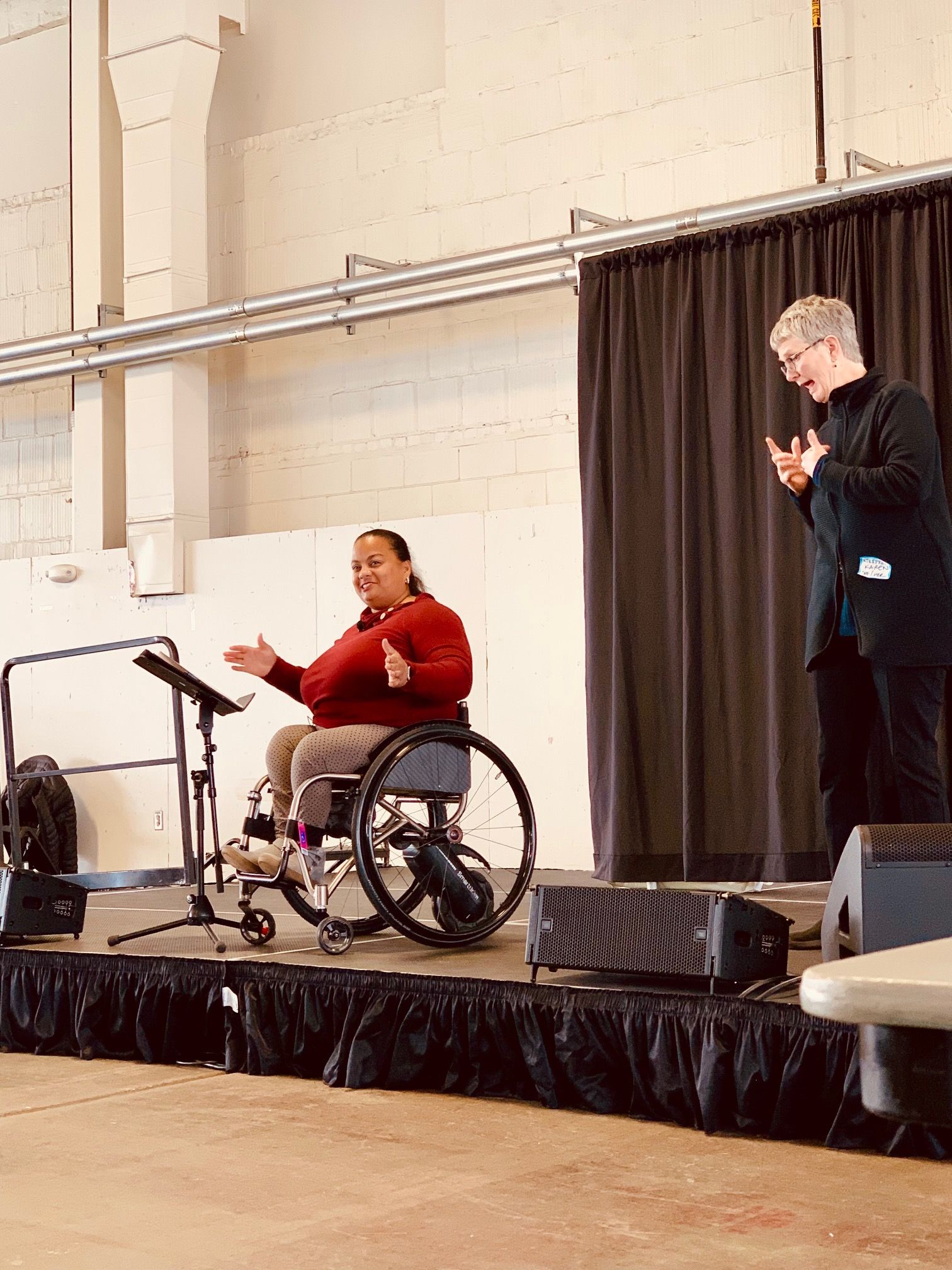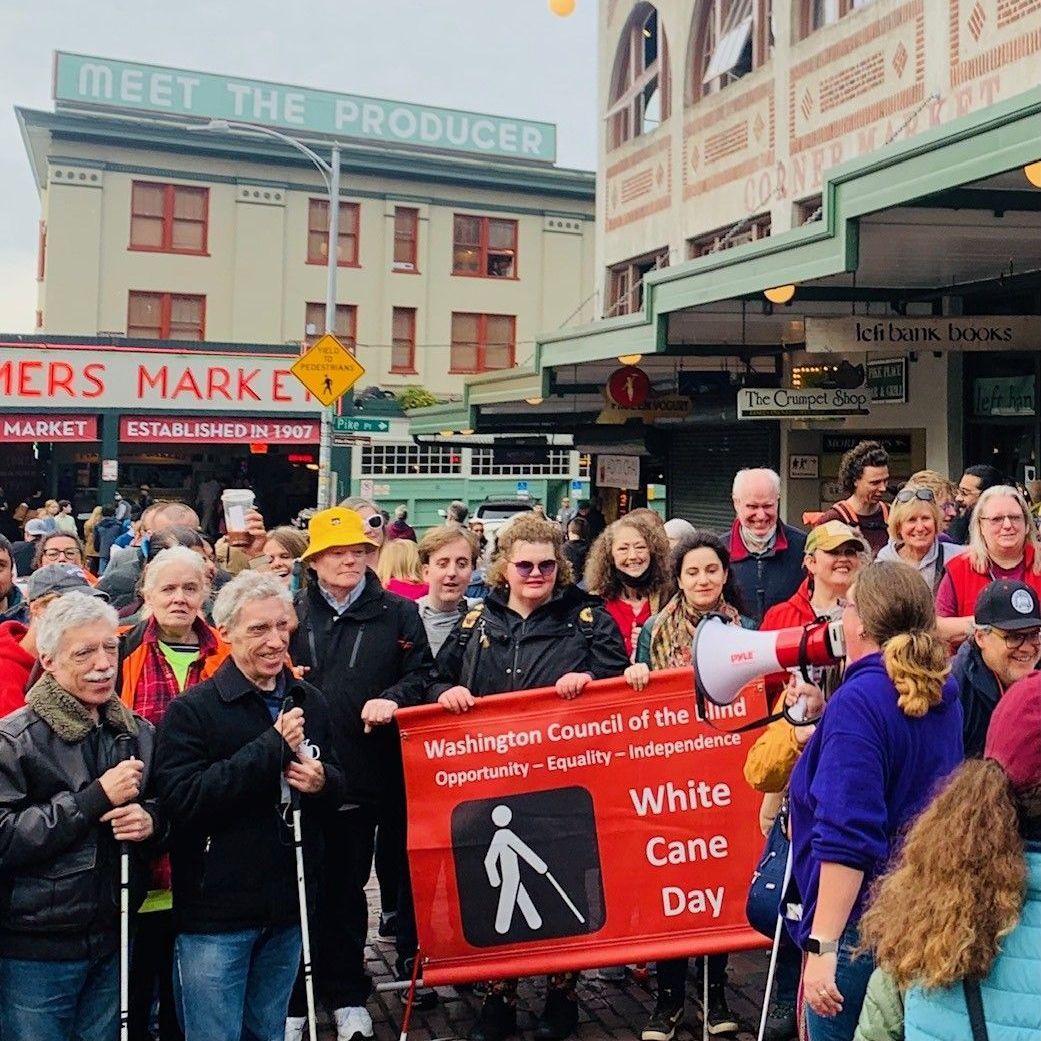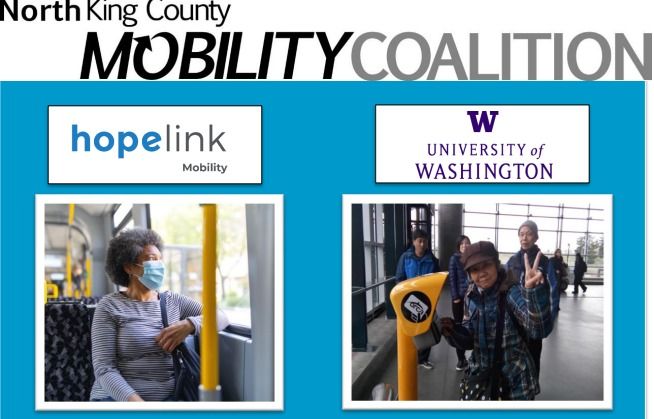Recommended Reading: Healthcare Matters from My Edmonds News
“Without transportation, local residents may skip health care”.
On November 4, Hopelink’s Find a Ride Program Manager was featured in My Edmonds News. The article was the fourth of a fantastic five-part “Health Matters” series focused on health topics in South Snohomish County. It was sponsored by the Verdant Health Commission and examined roadblocks to health care.
Part 4’s subheading states that “Without transportation, local residents may skip health care”. The topic is near and dear to Hopelink’s Mobility Management team. We connect people daily to their communities by supporting increased mobility in King County and beyond. We encourage you to learn more about the King County Mobility Coalition, including the Access to Health & Wellbeing subcommittee. Please join our Regional Coalitions and look for our Mobility Education & Outreach team members in the community.
Two of our coalition-based programs encompass a three-county area. The Regional Alliance for Resilient and Equitable Transportation (RARET) workgroup is composed of emergency managers, transportation providers, human service agencies, and community advocates representing King, Pierce, and Snohomish Counties. Find a Ride is a multi-phase, multi-year program to implement a One-Call/One-Click system for Central Puget Sound. Learn more about Hopelink’s Mobility Management Team and connect with us today!
Below is an extended excerpt from the recent article from My Edmonds. We recommend you check out the whole series.
A new online tool from Hopelink, a King County-based nonprofit, aims to provide some clarity. The site –FindARide.org— creates a central place where people can filter their local transit options in King, Pierce and Snohomish Counties.
“Often people contact us in a bit of a crisis mode after they’ve exhausted their own network,” said Laura Loe, the Find a Ride program manager. “It would be so great if people knew about all of this before there was a crisis.”
While the site won’t officially launch in Snohomish County until next year, the tool already lists dozens of options for residents who need transportation assistance. People can adjust the results based on characteristics that might influence their options, like whether they have a disability, use Medicaid insurance or are a veteran. Knowing different options will help people find something that’s best suited to their needs. For example, even if someone qualifies for a public transit shuttle, they might not be comfortable sharing spaces with others or have the time to wait while the driver picks up other passengers.
Every time Loe gives a demonstration of the Find a Ride tool in the broader community, people notice resources that are new to them. For example, in a recent Seattle meeting, community members were enthusiastic to learn about the Downtown Circulator, a free, fixed-route shuttle bus that connects riders to health providers in downtown Seattle. Hopelink plans to share the tool with leaders in diverse communities, from city librarians to tribal transportation leaders. As they continue to develop the resource, they’ll focus on equity barriers, such as exploring how people without Internet or with low vision can best access the tool. Ultimately, Loe hopes the resource will reduce the number of people who forego healthcare because of transportation barriers.
“We talk a lot about the trips not taken,” Loe said. “We know there are a lot of trips for health care that people have given up because the system is so difficult to navigate. We want to get to the point where people don’t have to be transportation experts themselves just to know how to get around.”
Even so, she acknowledged the tool won’t share services that don’t exist, and gaps persist especially for last-minute needs. What happens, for example, if wildfire smoke suddenly triggers someone’s asthma and they must quickly get an inhaler prescription filled?
The My Edmonds News article is from part four of a five-part “Health Matters” series focused on health topics in South Snohomish County and sponsored by the Verdant Health Commission.
- Part 1 “As county’s demographics change, immigrants struggle to access health care”
- Part 2 “Area’s increasing density prompts gardeners to get creative growing in small spaces”
- Part 3 “Despite clear value, many people delay or skip health screenings”
- Part 4 “Without transportation, local residents may skip health care”
Learn more about Find a Ride on our Project Website.
Mobility News
